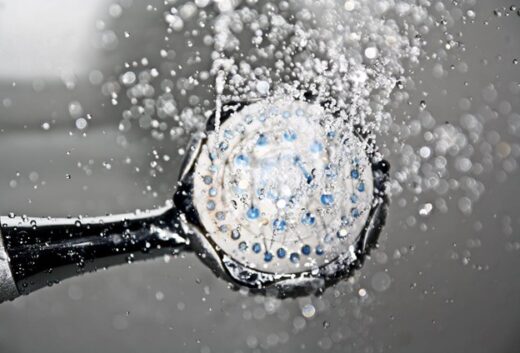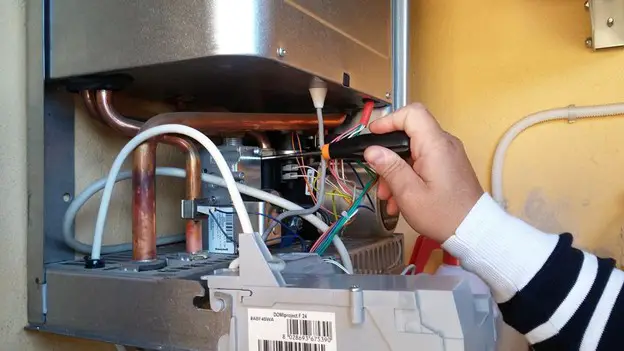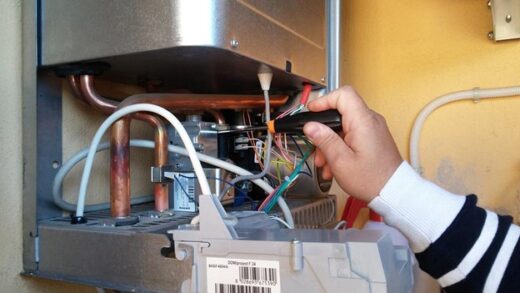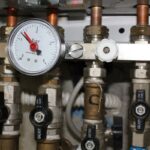5 reasons why your home water heater not working guide, House maintenance tips, Property heating fix
5 Reasons Why Your Home Water Heater Is Not Functioning Efficiently
27 August 2022
Water heaters are integral to any house’s plumbing system, supplying warm water all year round. However, like other appliances, malfunctions and breakdowns are bound to occur with the water heater installed in your home. Facing such an inconvenience can be a hassle, especially during winters, as a warm water supply is essential for various everyday tasks.
Checking and repairing your installed water heater’s minor issues by yourself can be easy if you have enough knowledge about the appliance. However, it is best to contact a professional water heater repair service like Williams Comfort Air to get a proper diagnosis of the issue and adequate maintenance to prevent future malfunctions. To make diagnosing the underlying problem more manageable for you, here are five of the common reasons why your home water heater is not functioning efficiently:
Faulty Inline Valve
A faulty inline valve can result in two issues; reduced water pressure and water leakage. An inline valve is a check valve used in hydraulic applications to enable a unidirectional fluid flow. Its design prevents backward pressure transmission, which causes the fluid to flow in one direction. If you are receiving a low pressure of hot water from the heater’s outflow, the chances are the inline valve has become partially closed.
However, the inline valve may be loosely fitted or damaged if you detect a leakage near or at the top of the heater tank. In order to make sure what the exact cause of the leakage is, thoroughly inspect the connection of the inline valves.
Damaged Dip Tube
One of the reasons your water heater is malfunctioning and not delivering a constant supply of warm water is due to the state of its dip tube. A dip tube connects the cold water inlet to the inside of the tank. It runs along the length of the water heater tank and regulates the cold water flow to the bottom, allowing the hot water to rise to the top. This mechanism enables a constant outflow of warm water from the water heater tank.
If the tank’s dip tube gets cracked or damaged near the bottom, it causes the cold water to leak and mix with the heated water, lowering its temperature. On the other hand, damage in the tube near the top or middle causes the cold water to occupy the upper space of the heater tank. In short, a damaged dip tube will reduce the capacity of the water heater to supply warm water continuously. In such a case, total replacement of the dip tube is necessary.
Failed Heating Element
If you have an electric water heater and are not getting even a single drop of warm water, the prime suspect behind it is the heating element. Heating elements or immersion heaters are metallic rods immersed within the tank’s stored water that function to warm it to the set temperature range. An electric water heater typically has two heating elements inside it. So if no hot water is being received at all, the possibility is that both the heating elements have failed or have an impacted electrical connection.
However, if you aren’t getting warm water yet, the supply is inadequate or takes a long time to heat, then one of the two heating elements might be affected. In both scenarios, a detailed inspection and replacement of the heating elements are needed.
Rusted Anode Rod
An anode rod is a metal alloy wire inserted at the water heater’s top. It functions through electrolysis to attract the corrosive minerals and sediments from the incoming water that can damage the insides of the water heater tank. If you have been noticing reddish brown or yellow tinted water coming from your faucets, high chances are that the anode rod in your water heater has extensively corroded. Replace the rod early as the settling rust can crack the tank’s internal body, leading to leaks and complete deterioration of the water heater.
Malfunctioning Thermostat
If you sometimes feel that your home water heater installation is overworking or not working at all, it is likely that the thermostat is malfunctioning. Thermostats on water heater tanks are temperature-activated devices that measure and control the water temperature. A thermostat that fails to work properly can lead to inconsistent functioning of the water heater, delivering water that is either too hot or too cold. In such a case, cleaning or replacing the thermostat along with the thermocouple is necessary to maintain optimal water heating.
5 reasons why your home water heater not working Endnote
A variety of internal and external problems can affect the normal functioning of a home water heater. If you are facing issues with your installed water heater’s output, several underlying reasons might be the root cause.
Some common underlying reasons may include a malfunctioning thermostat or heating element, damage to the internal tubes or body, loose fitting of the valves, and more. Whatever the root issue is, having your water heater checked and maintained on time by a professional can help save up on huge repair costs.
Comments on this guide to 5 reasons why your home water heater not working article are welcome.
Water Heater Plumbing
Water Heater Posts
How to fix a broken hot water heater

image source : pexels.com
4 signs that your water pump needs expert repair service

How to Know If a Plumber is Good
How to Find the Right Sunshine Coast Plumber
Signs You Need to Call a Plumber
6 Reasons Why Your Toilet Is Clogged
Building Articles
Residential Architecture
Comments / photos for the 5 reasons why your home water heater not working advice page welcome






